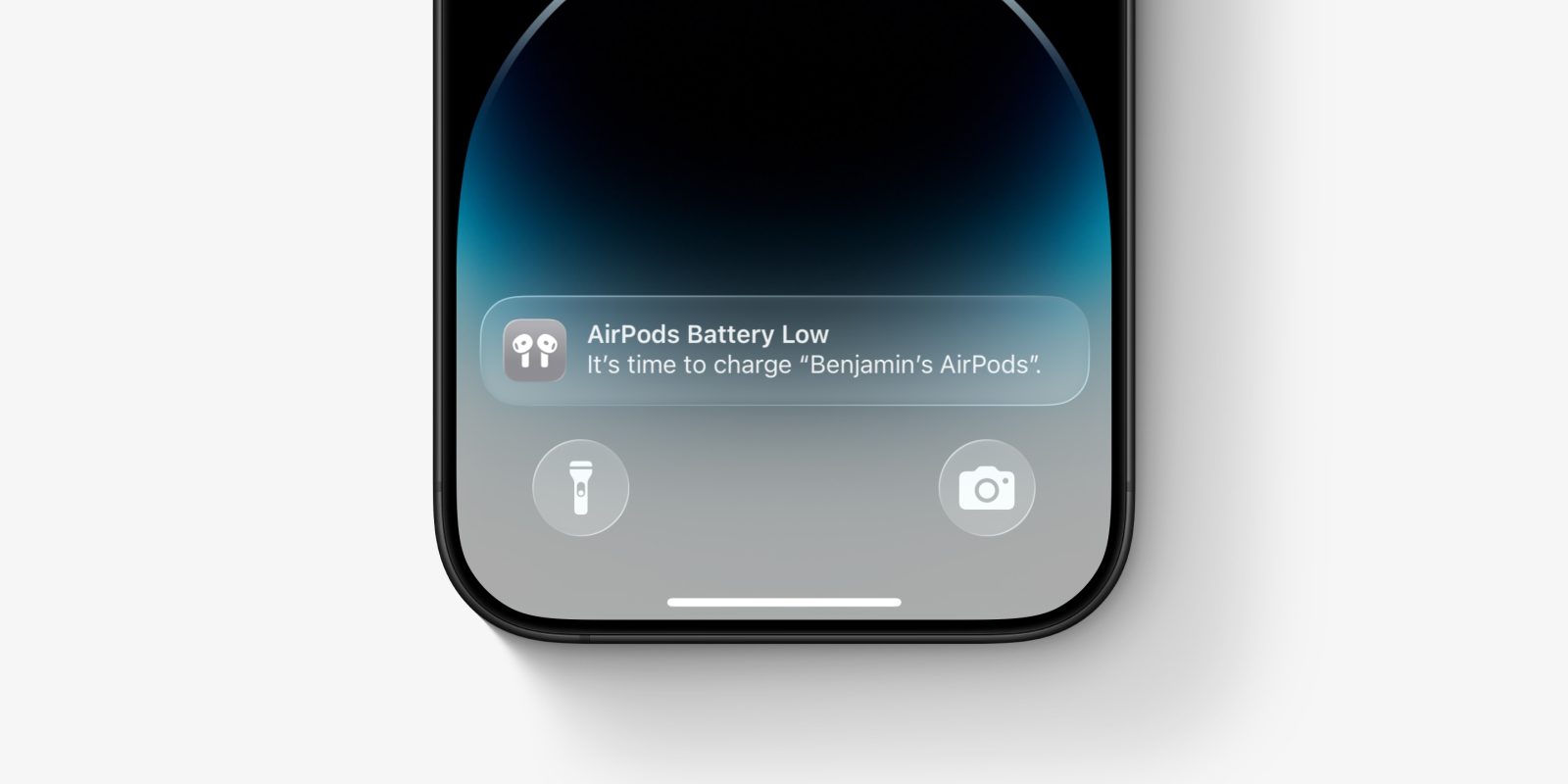Apple is reportedly developing a groundbreaking keyboard for future MacBook models, aiming to replace traditional plastic keycaps with aluminum ones that can dynamically display various characters and symbols. This innovative design utilizes mini-LED backlighting beneath each key, allowing for customizable layouts without compromising the tactile experience of physical keys.
Revolutionizing Keyboard Design
At first glance, the proposed keyboard resembles conventional designs. However, its construction is fundamentally different. Each key is crafted from perforated aluminum, appearing blank when the device is powered off. Upon activation, LEDs project specific glyphs through these perforations, creating a context-sensitive interface. This approach ensures a seamless, backlit experience that eliminates light bleeding and maintains the MacBook’s signature all-aluminum aesthetic.
Patent Insights and Technological Implications
Apple has secured a patent detailing this design, indicating serious exploration into this technology. While not all patents result in commercial products, the comprehensive nature of this filing suggests a strong commitment to innovation in keyboard design.
Maintaining Tactile Feedback with Enhanced Functionality
Unlike touchscreen keyboards or high-resolution OLED key displays, Apple’s approach emphasizes simplicity and user familiarity. Each key functions akin to a low-resolution display, clearly presenting characters without visual clutter. The keys retain the scissor-switch mechanism, ensuring a tactile and precise typing experience consistent with current MacBook models.
Historically, Apple utilized aluminum keycaps in the PowerBook G4, though these featured permanent labels. This new concept reintroduces aluminum keycaps with dynamic visual capabilities, enabling keys to switch between different layouts—such as QWERTY, AZERTY, or emoji inputs—based on user activity.
Bridging Flexibility and Reliability
This development signifies a notable shift in keyboard integration within MacBooks, merging the adaptability of on-screen keyboards with the dependability of physical keys. By maintaining the aluminum design language, Apple aims to offer users a versatile and reliable typing experience that adapts to various needs without sacrificing the device’s aesthetic appeal.



